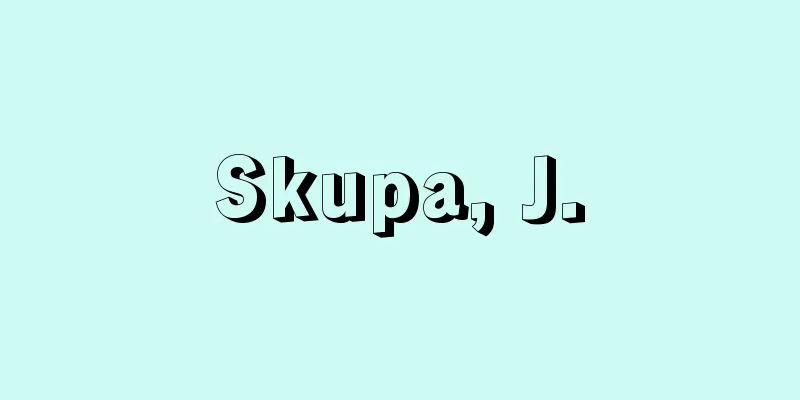Vestigial organs

|
In an organism, this refers to an organ that does not yet perform its normal functions and exists in an underdeveloped or degenerate form. It includes not only organs that exist in adults, but also those that exist temporarily during ontogeny and then disappear, or those that change into organs with different functions along the way. For example, gill slits become respiratory organs in aquatic vertebrates, but in terrestrial vertebrates they appear temporarily during development, but then differentiate into organs with different functions, such as the thymus. Humans are said to have nearly 100 vestigial organs, including the ear muscles, caudal vertebrae, and appendix of the cecum. Vestigial organs are explained as remnants of things that were functional and useful in ancestral organisms, that is, things that became unnecessary and degenerated during the evolutionary process, but did not disappear completely. For example, modern whales have bone fragments embedded in their flesh that correspond to the hind leg bones of quadrupeds, which is explained as a remnant of whale ancestors that walked on four legs, but which became unnecessary and degenerated during their long life in the ocean. Conversely, the presence of degenerated hind leg bones is also evidence that whales originated from quadrupeds. In this way, vestigial organs often serve as evidence for determining the closeness of relationship between organisms that are very different in appearance. [Tetsuyuki Ueda] [Reference] |Source: Shogakukan Encyclopedia Nipponica About Encyclopedia Nipponica Information | Legend |
|
生物体において、その正常な機能を営むまでに至らず、未発達または退化的形態として存在する器官をいう。成体に存在する器官ばかりでなく、個体発生の途中に一時的に存在して消失するもの、途中から別の機能をもつ器官に変化していくものも含められる。たとえば鰓裂(さいれつ)は水生脊椎(せきつい)動物では呼吸器官となるが、陸生脊椎動物では発生途中一時的に出現するものの、その後に胸腺(きょうせん)など別の機能をもつ器官に分化していく。ヒトには、耳殻筋、尾椎(びつい)骨、盲腸の虫垂など、100に近い痕跡器官が存在するといわれる。痕跡器官は、祖先の生物では機能をもち有用であったものの名残(なごり)、つまり、それが不用となって進化の過程で退化したが、完全に消失するまでに至らないものと説明されている。たとえば、現生のクジラには四足獣の後肢(こうし)骨に相当する骨片が肉の中に埋もれた状態で存在するが、これは、クジラの祖先が四足で歩いていたものの、長い海洋生活で不用になり退化したものの名残であると説明される。逆にいえば、退化した後肢骨の存在は、クジラが四足獣に由来するものであることを示す証拠ともなる。このように痕跡器官は、外見的に非常に異なった生物間の類縁の近さを判定する証拠となることも多い。 [上田哲行] [参照項目] |出典 小学館 日本大百科全書(ニッポニカ)日本大百科全書(ニッポニカ)について 情報 | 凡例 |
<<: Trace elements - trace elements
>>: Conseil d'État (English spelling)
Recommend
Dynamic psychiatry
Psychiatry based on a methodology that seeks to un...
Abū al-Qāsem Lāhūtī (English spelling)
1887‐1957 Iranian communist poet. Born in Kermansh...
Aneyst japonica (English) Aneystjaponica
…[Tetsuichi Yahara]. … *Some of the terminology t...
Nationality - kokuseki (English spelling) nationality
A qualification indicating membership in a nation...
Anal gland
A pair of secretory glands found in mammals, inclu...
Betty - Betty (English spelling) Mongo Beti
Cameroonian novelist. He studied at a Catholic mi...
Konishi Yukinaga
A Christian feudal lord of the Sengoku period. Hi...
DYNAMO
…ID, UD, HD, etc. are also used in Japan, and the...
Othello
A tragedy by Shakespeare. The original title is Ot...
Ghalib - Ghalib (English spelling)
An Indian Urdu poet. Born in Agra, he later moved...
Yoshichika Ashikaga
…14th Shogun of the Muromachi Shogunate. Penname:...
Writing - Kakikudashi
A form of samurai document. It is also called &qu...
Hotta Saku Ruins - Hotta Saku Ruins
An archaeological site located in Senboku-cho, Aki...
Aburako (rockfish) - Aburako
…The color of the body varies widely, from yellow...
Amyloid
It is a water-soluble starch-like polysaccharide ...









